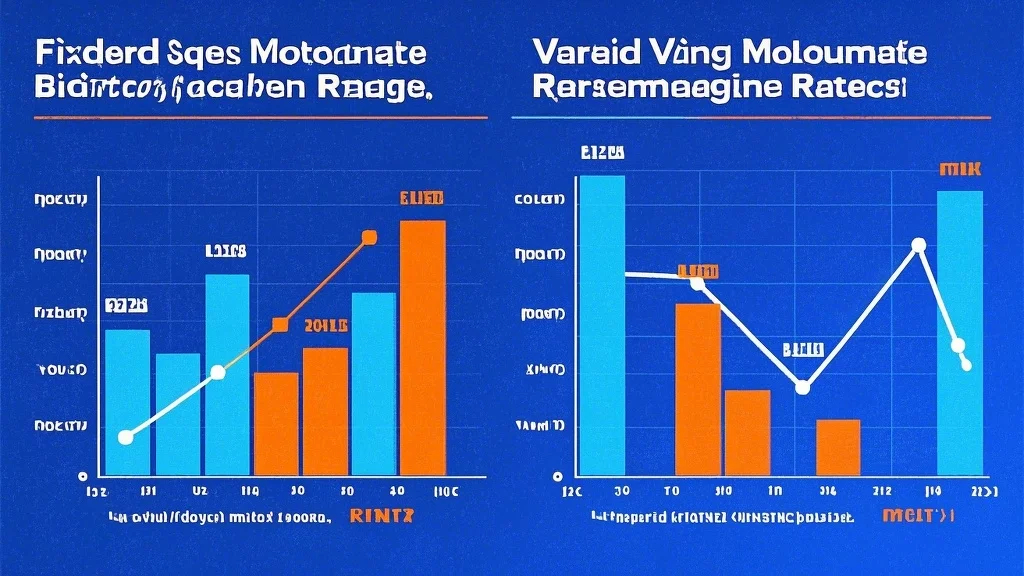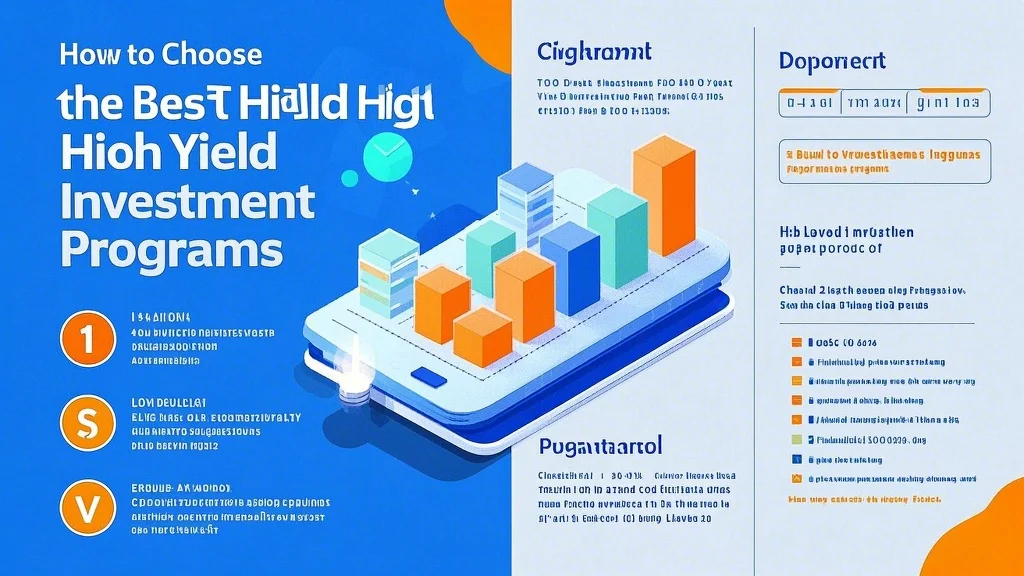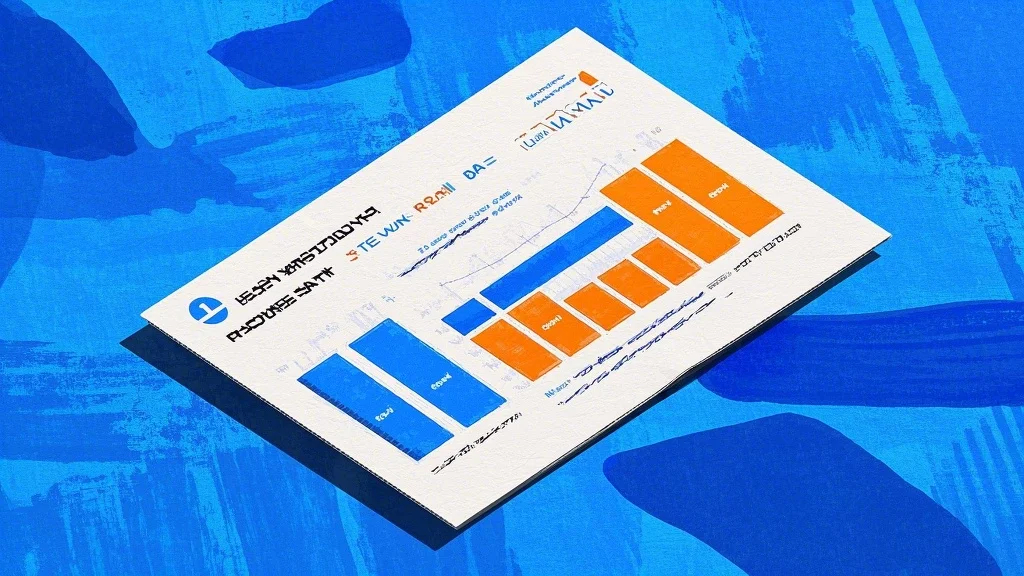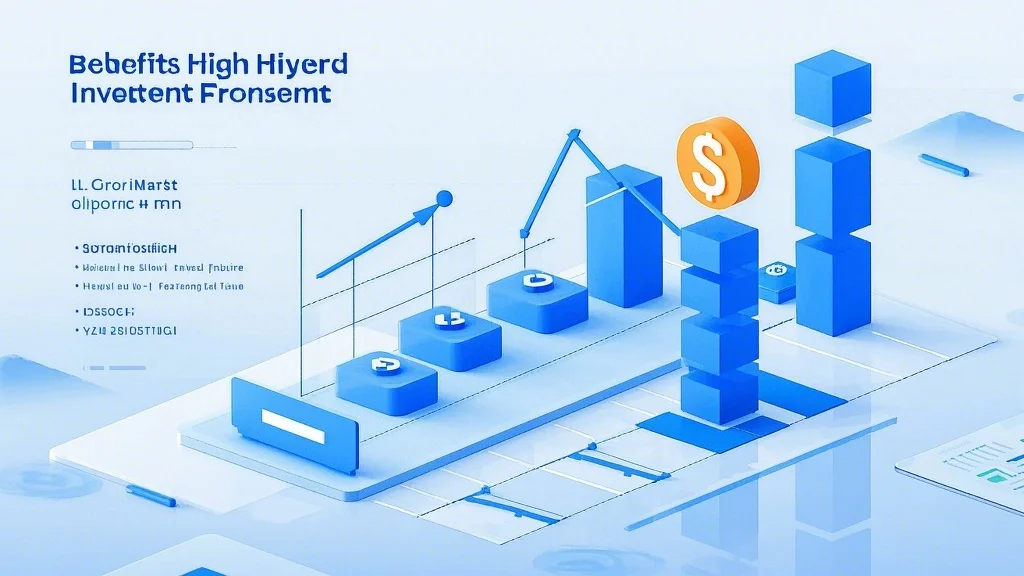When it comes to securing the best mortgage refinance rates, timing and strategy are everything. Whether you’re looking to lower your monthly payments, shorten your loan term, or switch to a fixed-rate mortgage, understanding how to navigate the market and lock in a favorable deal can save you thousands of dollars over time. In this article, we’ll guide you through the steps to compare lenders, assess market conditions, and make informed decisions to maximize your savings.

1. Understand Current Mortgage Refinance Rates
Mortgage refinance rates fluctuate based on economic conditions, market demand, and lender policies. Before you start shopping around, it’s essential to research the current rates and understand what factors influence them.
Monitor Market Trends: Check trusted financial sources or visit government-backed websites like Freddie Mac or Fannie Mae to get an overview of the latest mortgage rates. These platforms provide a snapshot of the market, including average rates for 30-year, 15-year, and adjustable-rate mortgages (ARMs).
Compare Lender Offers: Different lenders may offer varying rates, even in the same market. It’s crucial to shop around and compare multiple lenders to ensure you’re getting the best possible deal. Look for lenders with a reputation for competitive rates and excellent customer service.
Assess Economic Indicators: Factors like inflation, unemployment rates, and Federal Reserve policies can impact mortgage rates. Staying informed about these indicators can help you anticipate when rates might rise or fall, allowing you to time your refinancing decision strategically.
2. Evaluate Your Options
Once you have a clear picture of the current rates, it’s time to assess your options and determine which type of mortgage refinancing is right for you.
Fixed-Rate vs. Adjustable-Rate Mortgages (ARMs): Fixed-rate mortgages offer stability, as the interest rate remains the same throughout the loan term. On the other hand, ARMs have lower initial rates that adjust over time. Choose based on your financial goals and how long you plan to stay in your home.
Loan Terms: Consider the loan term—whether you want a 15-year, 20-year, or 30-year mortgage. A shorter term may come with higher monthly payments but lower overall interest costs.
Closing Costs: Don’t overlook closing costs, which can add thousands of dollars to your refinancing costs. Some lenders offer no-closing-cost options, but they may offset this by charging a slightly higher interest rate. Weigh the long-term benefits against the upfront costs before making a decision.
3. Improve Your Financial Profile
To secure the best mortgage refinance rates, you need to present yourself as a low-risk borrower. Lenders evaluate your creditworthiness through factors like your credit score, debt-to-income (DTI) ratio, and employment history.
Boost Your Credit Score: Aim for a credit score of 670 or higher to qualify for the most favorable rates. Pay down existing debts, make timely payments, and avoid applying for new credit before refinancing.
Lower Your DTI Ratio: Lenders prefer borrowers with a DTI ratio of 43% or less. If your DTI is too high, focus on paying down debts or increasing your income to improve your standing.
Provide Documentation: Be prepared with all necessary documents, such as tax returns, bank statements, and employment verification. A streamlined application process can increase your chances of securing a better rate.
4. Lock in the Best Rate
Once you’ve compared rates, evaluated your options, and improved your financial profile, it’s time to lock in the best mortgage refinance rate available.
Act Quickly When Rates Favor You: If you’re confident in the rates you’re seeing, don’t wait too long to apply. Rates can change quickly, and market conditions may shift.
Negotiate Terms: Don’t hesitate to negotiate with lenders to get a better rate or closing costs. A competitive offer can save you significant money over the life of the loan.
Choose a Reputable Lender: Work with a trusted lender who understands your financial situation and can guide you through the refinancing process smoothly.
By following these steps, you can confidently navigate the mortgage refinance market and lock in a deal that works best for your financial goals. Stay informed, shop around, and take the time to prepare your finances to maximize your chances of securing the best possible rate.
(part continued in part2)




